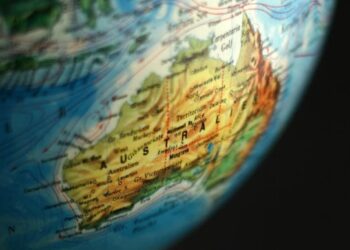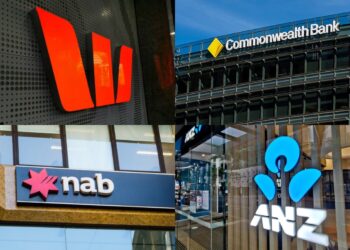Currently, AMP’s chief economists expects a top to bottom fall in home prices of 15 to 20 per cent by the second half of next year as ongoing rate hikes continued to hurt markets.
But, in his latest weekly update, Shane Oliver warned that if the cash rate pushes much beyond 3 per cent, as many expect, then price declines could deepen.
The slump in home prices accelerated in August and has now spread to seven out of eight capital cities and regional prices. In fact, according to CoreLogic’s latest data, home prices fell 1.6 per cent in August resulting in a 3.4 per cent quarterly decline.
Sydney continued to lead the downswing, with values losing 2.3 per cent over the month. However, weaker conditions in Brisbane accelerated sharply through August with values down 1.8 per cent last month.
Regional home values followed the downward trend with a decline of 1.5 per cent in August.
The Reserve Bank (RBA) is expected to raise the cash rate on Tuesday by another 0.5 per cent taking it to 2.35 per cent as part of its ongoing effort to return inflation to target.
But according to Dr Oliver, there could already be a strong case for the RBA to slow the pace of tightening to give more time to assess its impact so far.
The worry is that, given the significant monetary policy tightening already seen, “this will only hit the economy with a lag”, a lag which could have a long and variable impact on the economy, Dr Oliver said.
And while AMP does predict a 0.50 per cent rate hike on Tuesday, Dr Oliver is hopeful that Governor Philip Lowe could shortly signal on a slowing in the pace of hikes given the increasing downside risks for the economy.
“We still see the peak in the cash rate being 2.6 per cent later this year or early next but given the ongoing strength in jobs and spending data, there is an increasing risk that the RBA will tighten beyond this,” he conceded.
If the RBA does hike further, pushing the rate beyond 3 per cent, Dr Oliver warned that the repercussions for the housing market are likely to be significant.
Similarly, CoreLogic’s research director, Tim Lawless, said the outlook for the housing market remains intertwined with the trajectory of interest rates.
“It’s hard to see housing prices stabilising until interest rates find a ceiling and consumer sentiment starts to improve,” he said.
“From current levels, interest rates are likely to increase by at least another 75 basis points and there is a good chance advertised stock levels will accumulate through the spring selling season, providing more choice for buyers and adding further downwards pressure on housing values.”
In June, data from the Australian Bureau of Statistics (ABS) revealed that the value of residential dwellings in Australia exceeded $10 trillion for the first time in the March quarter.
The ABS found that Brisbane had recorded the strongest annual growth in house prices (29.3 per cent) followed by Canberra (28.3 per cent), Adelaide (23.8 per cent), Hobart (23.4 per cent), Sydney (16.4 per cent), Darwin (12.1 per cent), Melbourne (9.4 per cent) while Perth posted growth of only 1.9 per cent.







